ITER: Russian poloidal field coil arrives at construction site
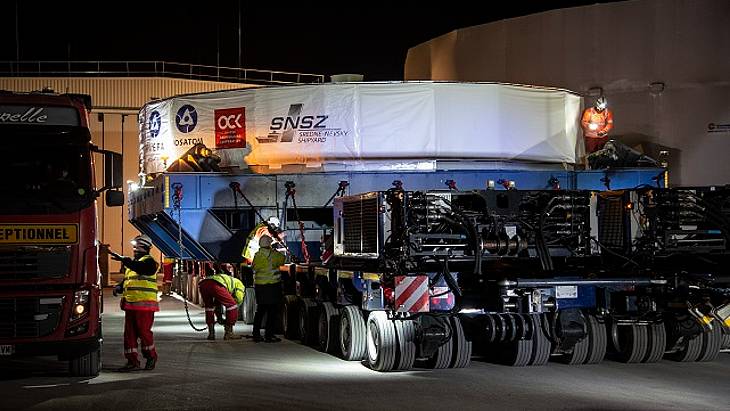
The poloidal field coil PF1 left Russia's St Petersburg port on 1 November, sailing to France before travelling by road along a route selected for transportation of giant-sized loads. The coil has a 9-metre diameter and weighs 200 tonnes and is one of six coils in the poloidal field in the magnetic system which serves to contain the plasma in the ITER reactor.
Rosatom Director General Alexei Likhachev said: "The best Russian specialists participated in the creation of the PF1 coil. They have developed advanced technologies, methods and manufacturing solutions. I would especially like to emphasise that inside, at the heart of the coil, there is a Russian superconductor ... the ITER project is a vivid example of the closest international cooperation, scientific and technical cooperation ... Russia has been, is and will be an integral part of the ITER project and world thermonuclear research in general."
ITER Director General Pietro Barabaschi said: "We are pleased that Russia has successfully completed the production and supply of the poloidal field coil. Superconducting magnets for ITER require unprecedented precision. They are produced in six countries - China, France, Italy, Japan, Russia and the United States - and this made the task even more difficult, but also helped to create a common global body of knowledge."
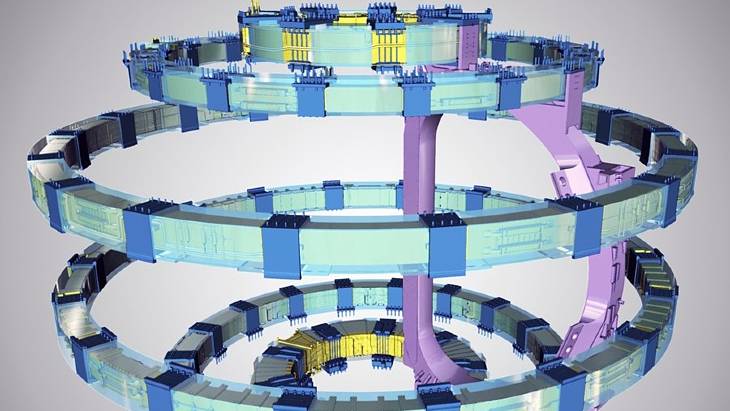
Six poloidal field coils positioned horizontally around the ITER vacuum vessel and D-shaped toroidal field coils will help shape the plasma and keep it in suspension away from the walls. The top poloidal field coil is PF1. (Image: ITER)
The original agreement on the manufacture and supply of the PF1 coil between ITER and the Russian ITER agency, part of Rosatom, was signed in 2011.
What is ITER?
ITER is a major international project to build a tokamak fusion device in Cadarache, France, designed to prove the feasibility of fusion as a large-scale and carbon-free source of energy. The goal of ITER is to operate at 500 MW (for at least 400 seconds continuously) with 50 MW of plasma heating power input. It appears that an additional 300 MWe of electricity input may be required in operation. No electricity will be generated at ITER.
Thirty-five nations are collaborating to build ITER - the European Union (including the UK) is contributing almost half of the cost of its construction, while the other six members (China, India, Japan, South Korea, Russia and the USA) are contributing equally to the rest. Construction began in 2010 and the original 2018 first plasma target date was put back to 2025 by the ITER council in 2016, but is currently in the process of being revised again.
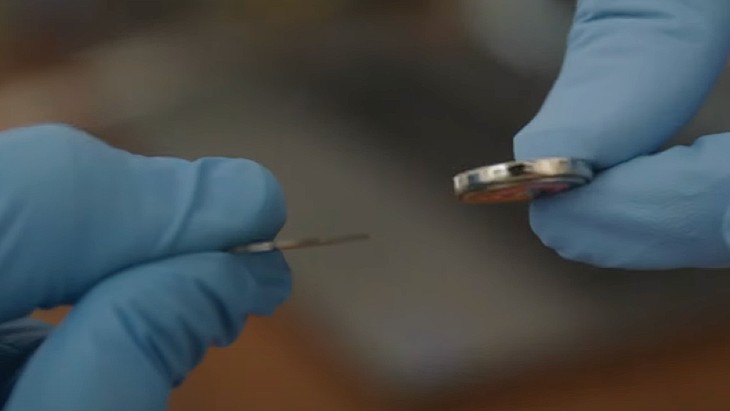
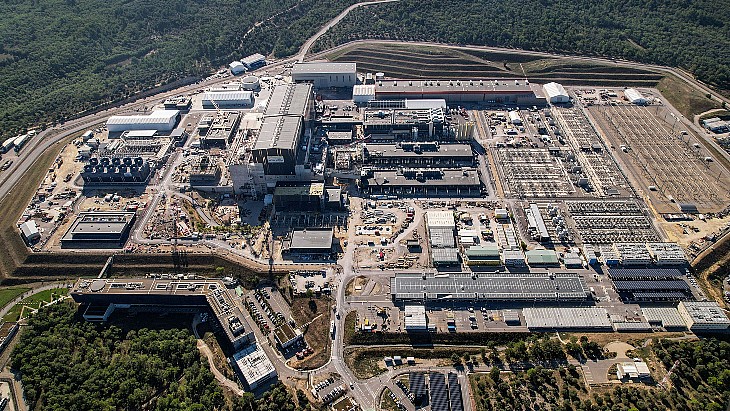
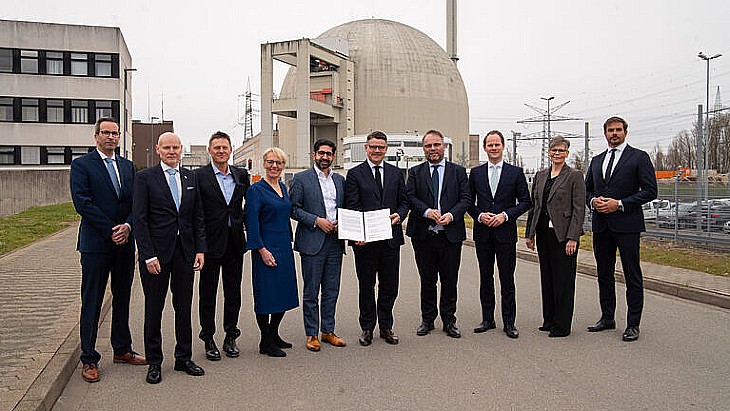
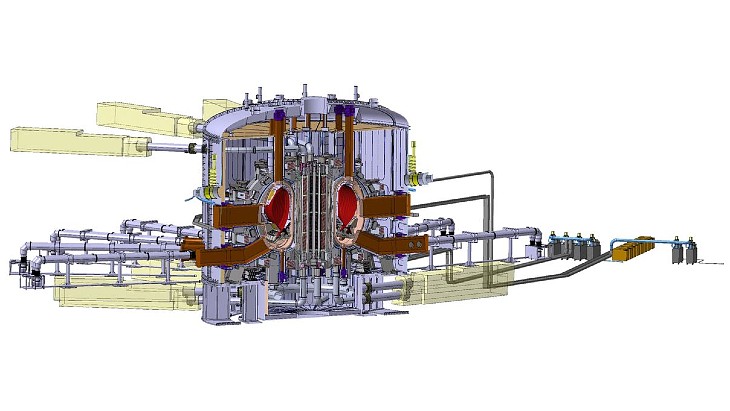






_50521.jpg)

